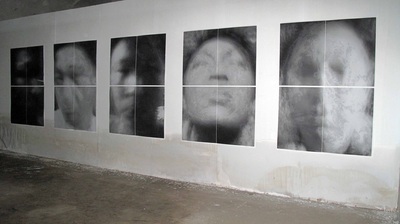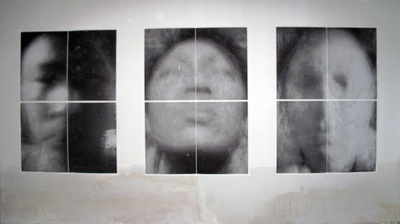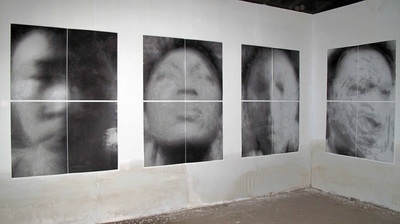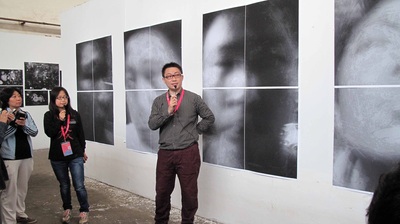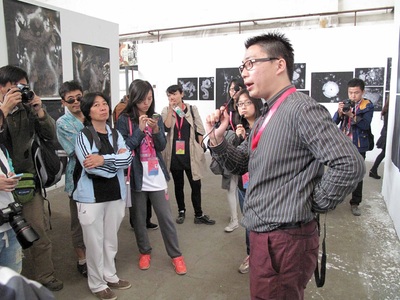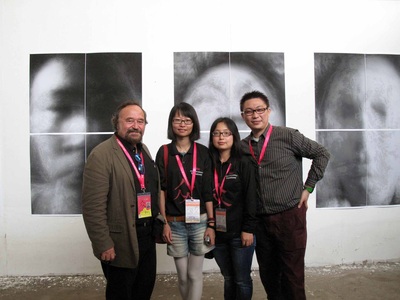I AM that I AM
Presented by: 14th Pingyao International Photography Festival
14 to 25 September 2014
I AM that I AM are the words of God used in the Hebrew Bible, when Moses asked for his name (Exodus 3:14). It means ‘exists’ or ‘to be’.
This project examines the process of redefining my sense of self through self-portraits. I explored the relationship between my self-identity, existentialism and the concepts of inside and outside. The body of work explores how my daily life, incorporating physical, mental and emotional states, helps shape who I am and who I can become. It involved captured moments of my experience of personal life through a series of photographic selfie portraits using a pinhole camera, monotype and inkjet technologies.
The image element relates back to western self-portrait paintings, which were a means of recording the self. Taking from the structural elements of self-portraiture in contemporary practices, I used the self-portraits image to transform a three-dimensional world into a two-dimensional image and took the ideas of using grids as a canvas to create a whole picture. I took self-portraits daily and do self-analysis in one month. Through the analysis of these repeated images, I documented the shaping of identity created by the relationship I have with the camera and myself.
Links: http://www.pip919.com/
14 to 25 September 2014
I AM that I AM are the words of God used in the Hebrew Bible, when Moses asked for his name (Exodus 3:14). It means ‘exists’ or ‘to be’.
This project examines the process of redefining my sense of self through self-portraits. I explored the relationship between my self-identity, existentialism and the concepts of inside and outside. The body of work explores how my daily life, incorporating physical, mental and emotional states, helps shape who I am and who I can become. It involved captured moments of my experience of personal life through a series of photographic selfie portraits using a pinhole camera, monotype and inkjet technologies.
The image element relates back to western self-portrait paintings, which were a means of recording the self. Taking from the structural elements of self-portraiture in contemporary practices, I used the self-portraits image to transform a three-dimensional world into a two-dimensional image and took the ideas of using grids as a canvas to create a whole picture. I took self-portraits daily and do self-analysis in one month. Through the analysis of these repeated images, I documented the shaping of identity created by the relationship I have with the camera and myself.
Links: http://www.pip919.com/
